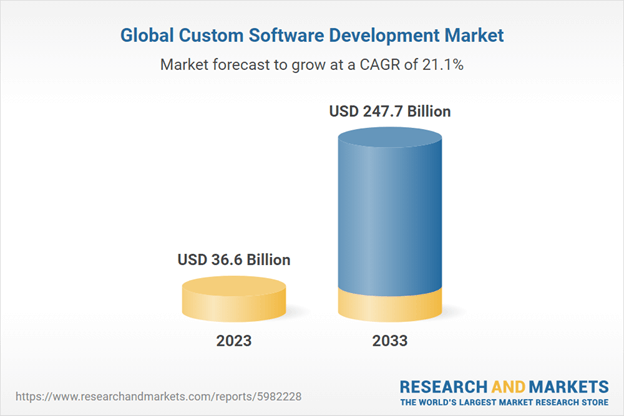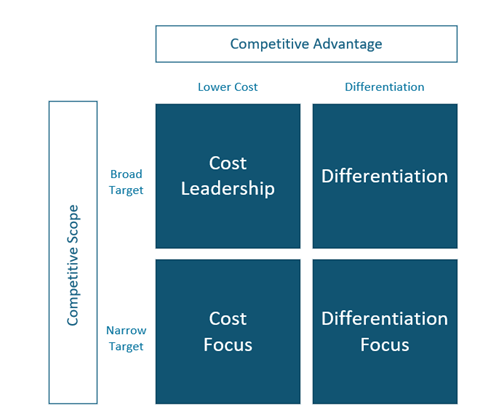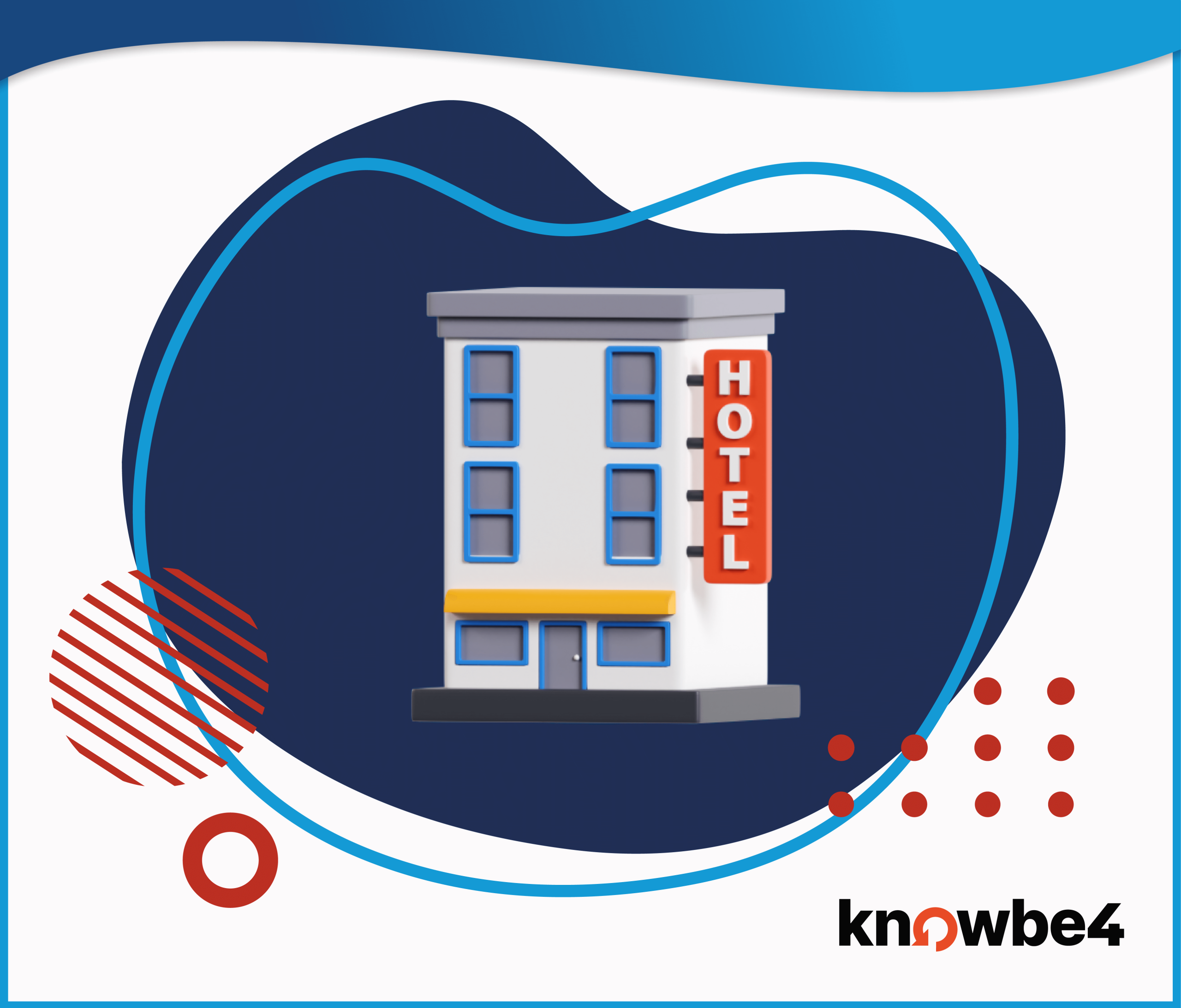 Keller Schroeder started offering custom application development services in 1978 when our company was founded, and these services remain a core offering of our Applications Solutions division. Not often does a technology service offering stand the test of time for over 45 years. Many may ask now that we are in a global market and with so many off-the-shelf options surely custom applications and custom application development are declining. Studies and market trends show not only is this market not declining but it is anticipating significant growth in the coming years. Modern businesses rely on custom applications to meet their specific needs and gain a competitive edge. As technology rapidly evolves, so does the landscape of custom application development. Let’s look at the expected growth and the factors driving it.
Keller Schroeder started offering custom application development services in 1978 when our company was founded, and these services remain a core offering of our Applications Solutions division. Not often does a technology service offering stand the test of time for over 45 years. Many may ask now that we are in a global market and with so many off-the-shelf options surely custom applications and custom application development are declining. Studies and market trends show not only is this market not declining but it is anticipating significant growth in the coming years. Modern businesses rely on custom applications to meet their specific needs and gain a competitive edge. As technology rapidly evolves, so does the landscape of custom application development. Let’s look at the expected growth and the factors driving it.
Growth Indicators
There are growth indicators both among companies using custom applications and within the custom application market itself. These indicate growth in the recent past as well as forecast growth continuing.
- According to Clutch’s 2023 survey over 83% of companies use custom applications in comparison to 2018’s data, which was around 62%.
- North America was the largest region in the custom software development market in 2024 per the Custom Software Development Market Report 2025 – Analysis And Growth by The Business Research Company.
- Research and Markets Custom Software Development Global Market Report forecasts the global custom software development market is expected to grow from $36.6 billion in 2023 to $99.09 billion in 2028 at a rate of 22%. The market is then expected to grow at a CAGR of 20.1% from 2028 and reach $247.7 billion in 2033.

Drivers of Growth
The drivers of this growth include adapting solutions demand, digital transformation initiatives, and emerging technologies as identified in the Custom Software Development Market Report from The Insight Partners.
Adapting Solutions Demand
As all industries face the challenges of a global market and consumers have endless possibilities for obtaining their goods and services, the need for companies to differentiate increases. The desire for solutions that cater to individual processes and needs is also increasing in today’s world. Companies do not want to settle for a one-size-fits all solution. Many desire solutions that are tailored to their requirements and desired innovations because they offer more benefits. They want applications to meet them where they are currently and then adapt and support their journey to their envisioned growth goals. Companies are realizing that general-purpose applications may not be meeting their unique needs in a way that supports and encourages competitive advantage so custom solutions fill those gaps.
Digital Transformation Initiatives
More and more companies are embracing Digital Transformation, which is also driving growth and the adoption of custom applications. Keller Schroeder defines Digital Transformation as the commitment of an organization to consistently improve business performance through the use of technology as a strategic asset. Statista published in May 2024, that in 2024, spending on digital transformation (DX) was projected to reach $2.5 trillion. By 2027, global digital transformation spending is forecast to reach $3.9 trillion. The events of the last 5 years have increased the tempo of these initiatives and companies’ focus on becoming more agile and innovative in their ability to respond to changing markets. Many times, this agility can only be accomplished efficiently and effectively with custom solutions built specifically for their unique needs. Digital transformation is never fully achieved as it is a continuous improvement activity, and the gains sought from digital transformation initiatives also drive competitive advantage. Our Digital Transformation Framework includes tenets to help you identify, prioritize, execute, and learn from your transformational initiatives.
Emerging Technology
The pace of technological advancements has significantly influenced custom application development. The introduction of more low code/no code platforms has made custom application’s entry point more accessible. As companies recognize the potential of custom applications from this vantage point, the benefits and risks are more tangible, again helping companies ease into the adoption of custom applications.
Emerging technologies such as artificial intelligence (AI) and machine learning (ML) are increasingly integrated into applications, providing enhanced functionality and unprecedented capabilities. Custom applications will allow for more control and in many cases deeper integration and usage of these emerging technologies in unique ways vs. off-the-shelf solutions. Creating robust cutting edge custom solutions may provide a means to streamline processes, increase quality, and empower organizations to experience growth in unforeseen ways, which again drive competitive advantage.
Competitive Advantage Focused
All these drivers of growth have potential to lead to competitive advantages for those who are focused on using applications that support your uniqueness, continuous improvement efforts, and adoption of emerging technologies. Competitive advantages are factors that allow a company to produce goods or services better or more cheaply than its rivals. The are many factors that contribute to this advantage including greater sales, superior margins, higher quality, etc. Porter’s Generic Competitive Strategies (ways of competing) identifies three strategies to build a competitive advantage: cost leadership, differentiation, and focus.
- Cost leadership is the ability to produce a good or service at a lower cost than competitors. Consumers will almost always choose the cheaper out of two identical options.
- Differentiation is the ability to be unique in the specific industry in a way that is valuable to consumers.
- Focus is a generic strategy to focus on a very tailored segment of an industry seeking either a cost advantage or differentiation in the targeted segment.

How do you achieve competitive advantage with custom applications? Custom software allows for both cost advantages and differentiation with its potential to:
- Differentiate your company with a unique digital presence
- Meet your unique requirements and needs
- Protect current (or enable you to achieve your desired) business processes to achieve greater efficiency and/or higher quality
- Maximize the impact of your software investment
- Empower you with control of features, deployment timelines, and costs
- Support scalability and future needs
Keller Schroeder’s Applications Solutions Group brings a rich history and deep experience when designing and developing custom applications to enhance, support, and protect your competitive advantage. The technology stack, look and feel, and architecture of custom applications have changed and evolved in the past 45 plus years, but the resulting competitive advantage never gets old.
We would love to talk to you about your vision for your organization and to share the knowledge and experience we possess to help you enhance your competitive advantage with custom applications.





